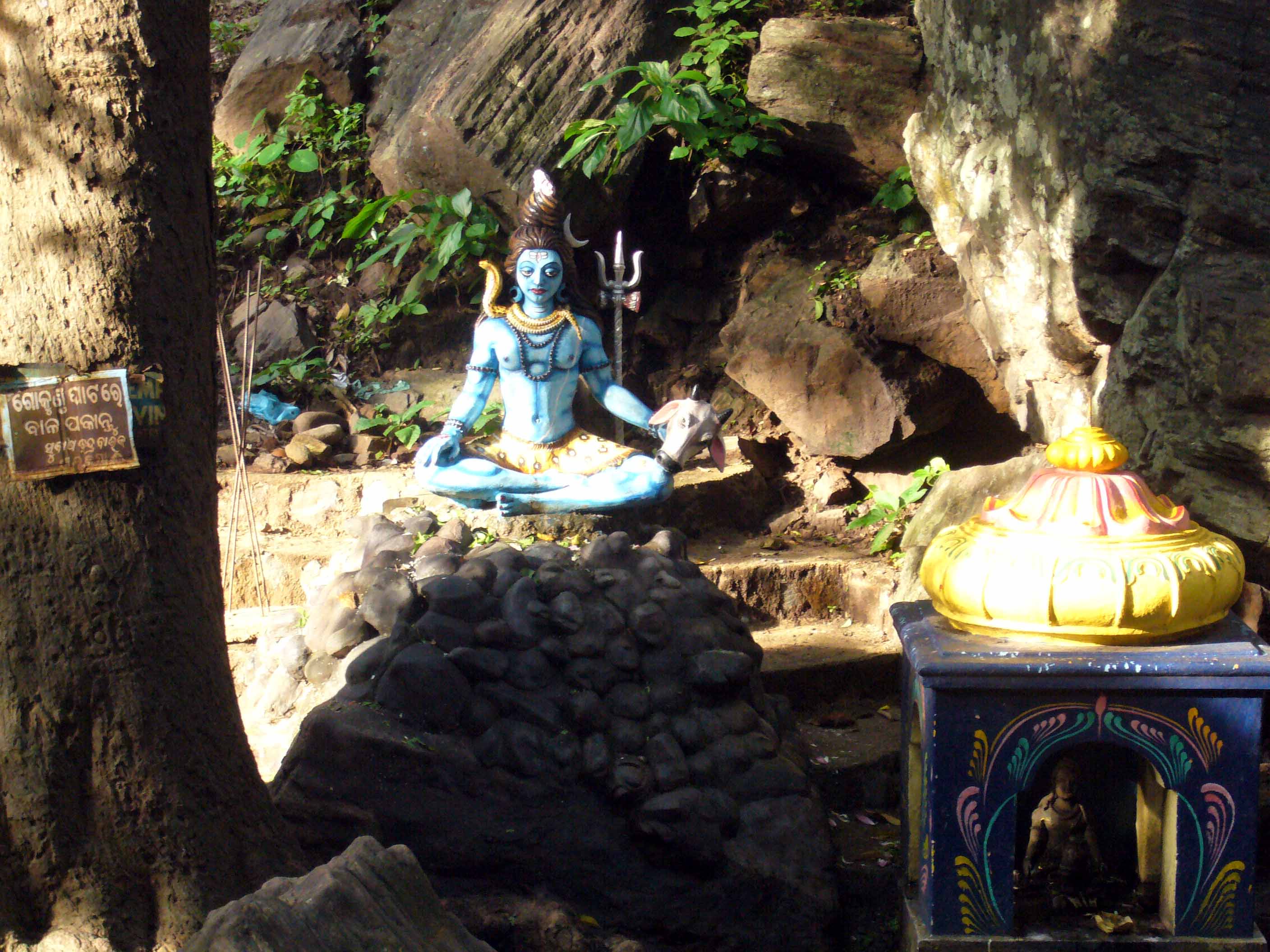It may be understood that Gandhagiri has been the seat of Buddhist activities since the early part of the Christian era and Buddhism continues to become the dominant form of religion in this region at least till the eighth century A.D. There was an ancient Vihara and it had the international reputation of being a Buddhist Pitha. Significantly, when Buddhism as a religious-cultural force began to decline in many parts of India, Gandhagiri still played a significant role and contributed to this faith in its new form i.e. Tantrik Buddhism. In all probability, Narsinghnath Pitha was once upon a time popularly known as the land of Tantrik Buddhism. Similarly, Lord Marjarakesari enshrined in the Narsinghnath temple may be identified with a Buddhist Tantrik deity who may have been worshipped by the aborigines since time immemorial. In other words, Buddhism had stronghold over this area and its people.
Buddhism had to experience a great set-back owing to the rise of Saivism and Vaisnavism in this region. It was possible but not probable earlier than ninth century. It seems probable that Vaisnavism has misplaced its identity and tried to compromise with Saivism during the reign of Somavamsis. Post-eighth century probably gave a Saivite twist to the Tantrik Buddhism in Narsinghnath site. The increasing popularity of Saivism after ninth century is apparent from the occurrence of Saiva images and Hari-Hara Pangat in the Narsinghnath Pitha.
Most likely, during this period Tantrik Buddhism mingled with Saivism. Nevertheless, it is not possible to pronounce precisely when the Buddhist ideology or faith has come to an end allowing Saivism a space to prosper and dominate in Narsinghnath Pitha. However, Saivism left its imprints on this site, which is also substantiated by the rock-cut sculptures found in Narsinghnath. In the Pancha-Pandava-Ghat, there are rock-cut sculptures among which a big rock-cut profiled figure of standing bull Nandi is hewn with one bell hanging from its neck and Lord Siva sitting on its back. A male is positioned nearby with both his hands folded in obeisance. This rock-cut sculpture can be dated back to the 12th-13th century A.D. (Panda, 2004:81). In other words, this rock-cut sculpture represents the popularization of Saivism in this Pitha or site during this period. Under the patronage of Somavamsi rulers, Saiva ascetics might have influenced the common people a lot that facilitated in the spread and popularization of Saivism in the Gandhagiri area.
Chitrasen Pasayat is an OAS and comments on culture



